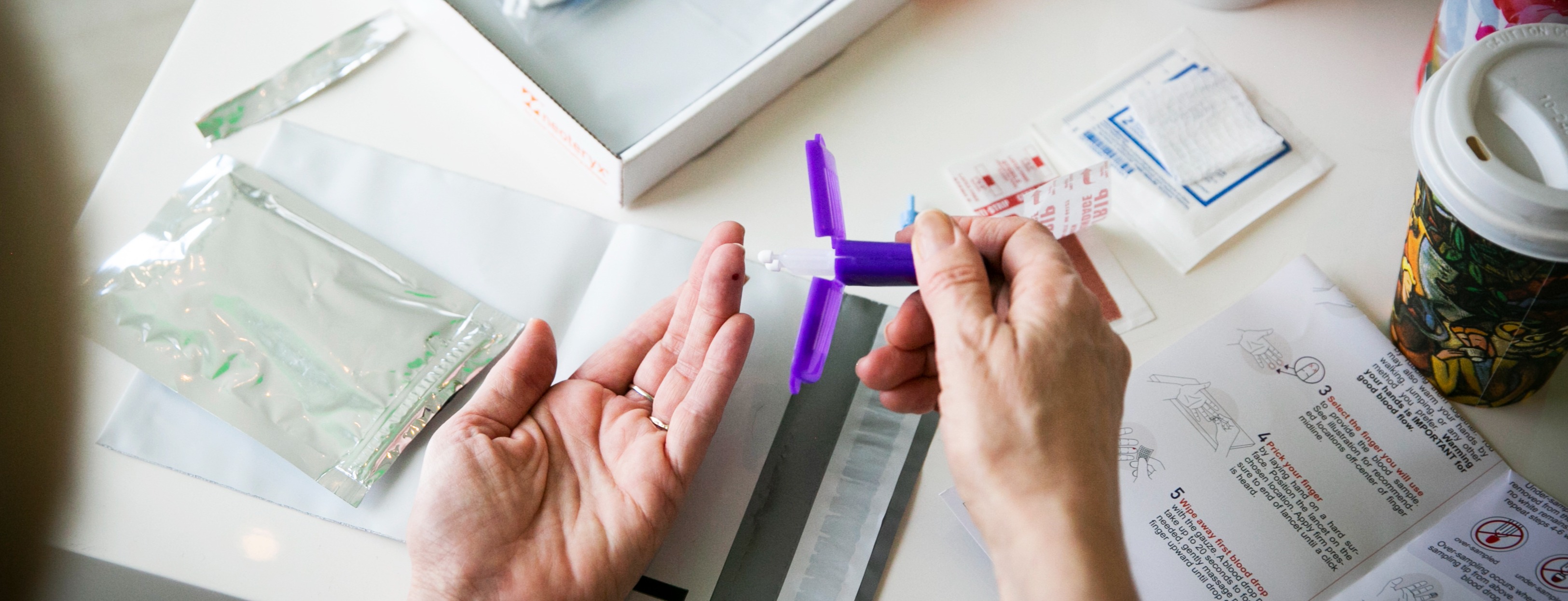September 2023 — Mitra
® microsampling devices from Trajan Scientific and Medical were used to collect blood samples in a study from t
he Federal Office of Public Health (FOPH), which protects public health, develops
Swiss
health policy and ensures efficient and affordable healthcare. The FOPH launched a pilot study
using Mitra devices for human biomonitoring of environmental exposure to toxic chemicals, which involved analyzing finger-stick blood samples and urine samples collected from 789 people in Switzerland.
This was a large-scale study by the FOPH, which recruited healthy study volunteers between 20 and 69 years of age to measure their exposures to these harmful chemicals. The study volunteers were primarily from the areas of Vaud and Bern in Switzerland.
According to a news report from Radio Television Suisse (RTS), the samples revealed that
undesirable chemical residues were found among the study participants. The toxic chemicals that were found included traces of perfluorooctane sulfonic acid, or PFOS, a substance that has been banned in Switzerland since 2010, but which can remain in the environment for a long time.
The researchers highlighted in the FOPH report that "exposure to PFOS is of health concern, and 3.6% of participants are exposed to concentrations above the threshold value set for PFOS. This substance of the PFAS family has been banned in the EU and Switzerland for more than 10 years, with a few exceptions, but it is still present in the environment and in the human body due to its long lifespan and high mobility."
PFOS, a Toxic Chemical in Many Materials
Murielle Bochud, a Professor of Public Health at the Faculty of Biology and Medicine at the University of Lausanne, worked on the pilot study and participated in a radio interview with RTS. In the interview, Professor Bochud stated, "We measured a number of synthetic chemicals. One of the findings is that, on the one hand, some of these substances were not detectable, which is gratifying. On the other hand, other substances known to be potentially dangerous to health were detected in a certain percentage of participants, including PFOS."
Professor Bochud further explained in her interview that this synthetic chemical molecule is found in water, food, clothing, shoes and the atmosphere. She said that these substances are found in several sectors of industry, such as textiles and aerospace, and were synthesized as early as the 1950s.
As soon as a potential health hazard was identified through toxicology studies, some of the PFAS substances were banned, including PFOS. However, because these substances persist in the environment for a long time, they are still detectable today and may continue to pose a health threat.
Although PFOS have been banned in Switzerland since 2010, residues take several years to disappear, hence their presence in the environment, food and, by extension, the human body.
How to Avoid Environmental Pollutants Like PFOS
To stay away from PFOS, experts recommend following a healthy and varied diet, that includes avoiding pre-packaged foods. Get regular exercise and avoid smoking. Update old kitchen pans and utensils, which may have been manufactured with PFOS.
As a follow-up to their initial pilot study, the FOPH has proposed to conduct a larger study of up to 10,000 people over a period of 20 years to determine if the PFOS exposure levels are deteriorating or improving. Additionally, the FOPH hopes to set up a national program to collect health data as well as human biomonitoring data. This would be an interdisciplinary follow-up study to collect data on the state of health and exposure to certain pollutants.
The interim report of the pilot phase was published in June 2023 and the analytical results in August 2023 — both are available in German and French.
This is curated news content. The RTS radio topic and interview was by Mathieu Truffer, with web adaptation by Myriam Semaani. For details, please follow the link to the RTS news report and listen to the radio interview, or read the original FOPH report on the pilot study here.
Learn more about microsampling applied in human biomonitoring studies here.






No Comments Yet
Let us know what you think